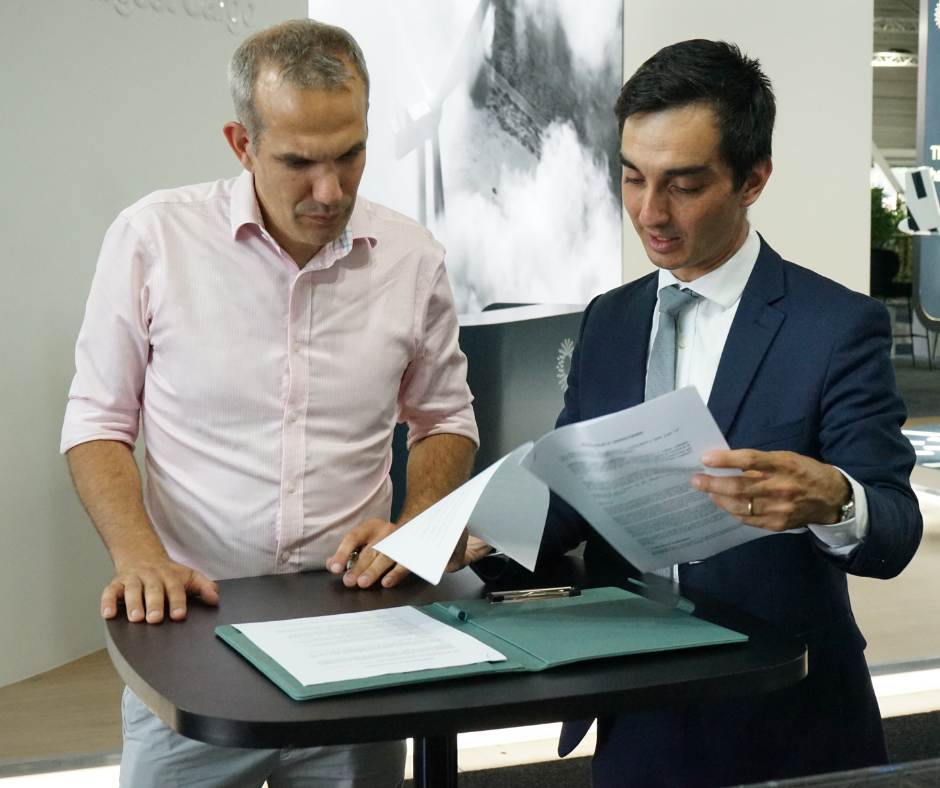
Our CEO and Co-founder, Jean-Christophe Lambert, has written a great article for the latest issue of "Réalités Industrielles - Mai 2024", published by Annales des Mines.
In this insightful piece, Jean-Christophe explores the pivotal role of hybrid propulsion in the development of VTOL (Vertical Take-Off and Landing) aircraft. He discusses how hybrid-electric VTOLs not only reduce carbon emissions and noise pollution but also offer a range of 400 km, positioning them as a sustainable alternative to traditional helicopters and a key player in advanced air mobility.
As the aviation industry works to achieve carbon neutrality by 2050, this article highlights the technological advancements and collaborative efforts required to make sustainable aviation a reality. From the use of non-fossil fuels to innovative aerodynamic designs, Jean-Christophe sheds light on how hybrid VTOLs are set to revolutionize the sector.
Read the full article here: https://www.annales.org/ri/2024/ri_mai_2024.html


